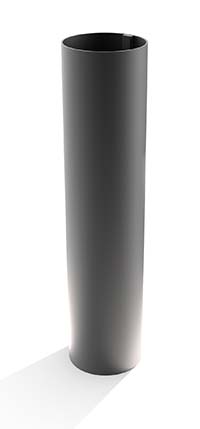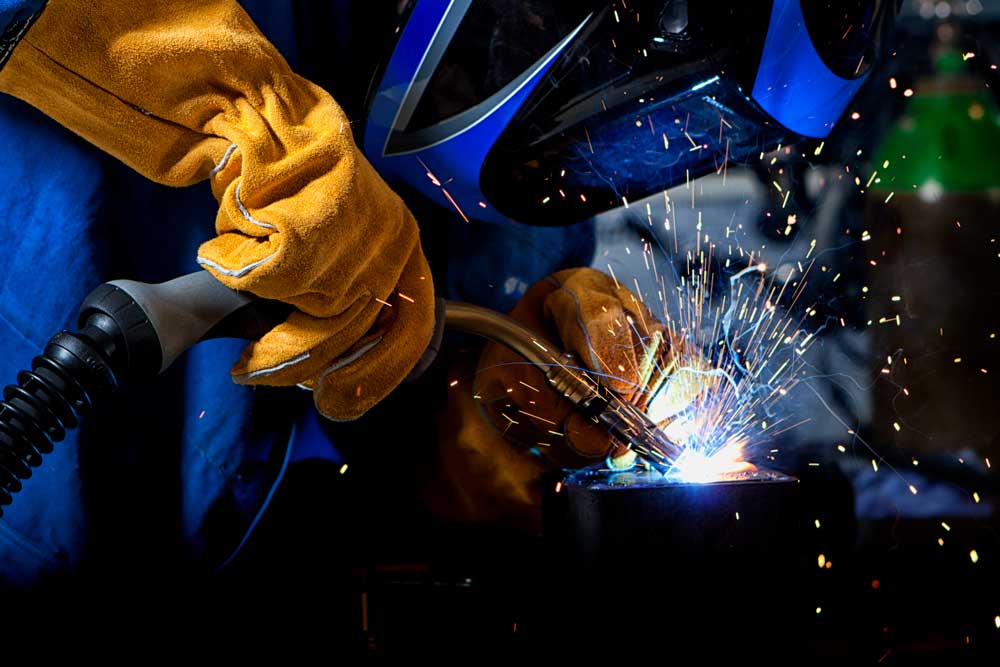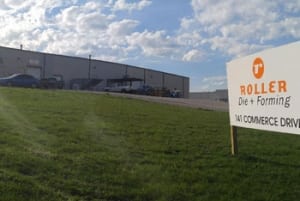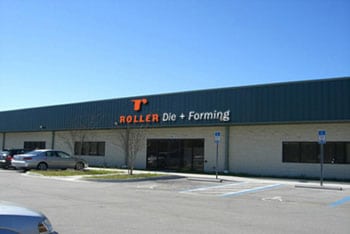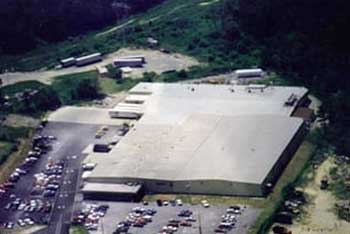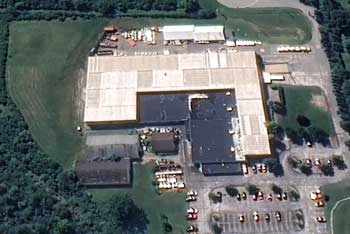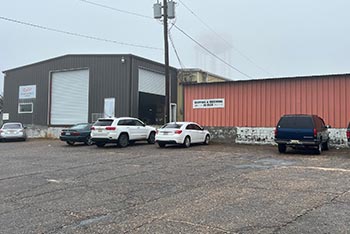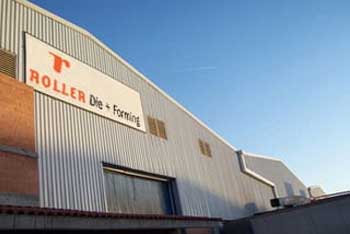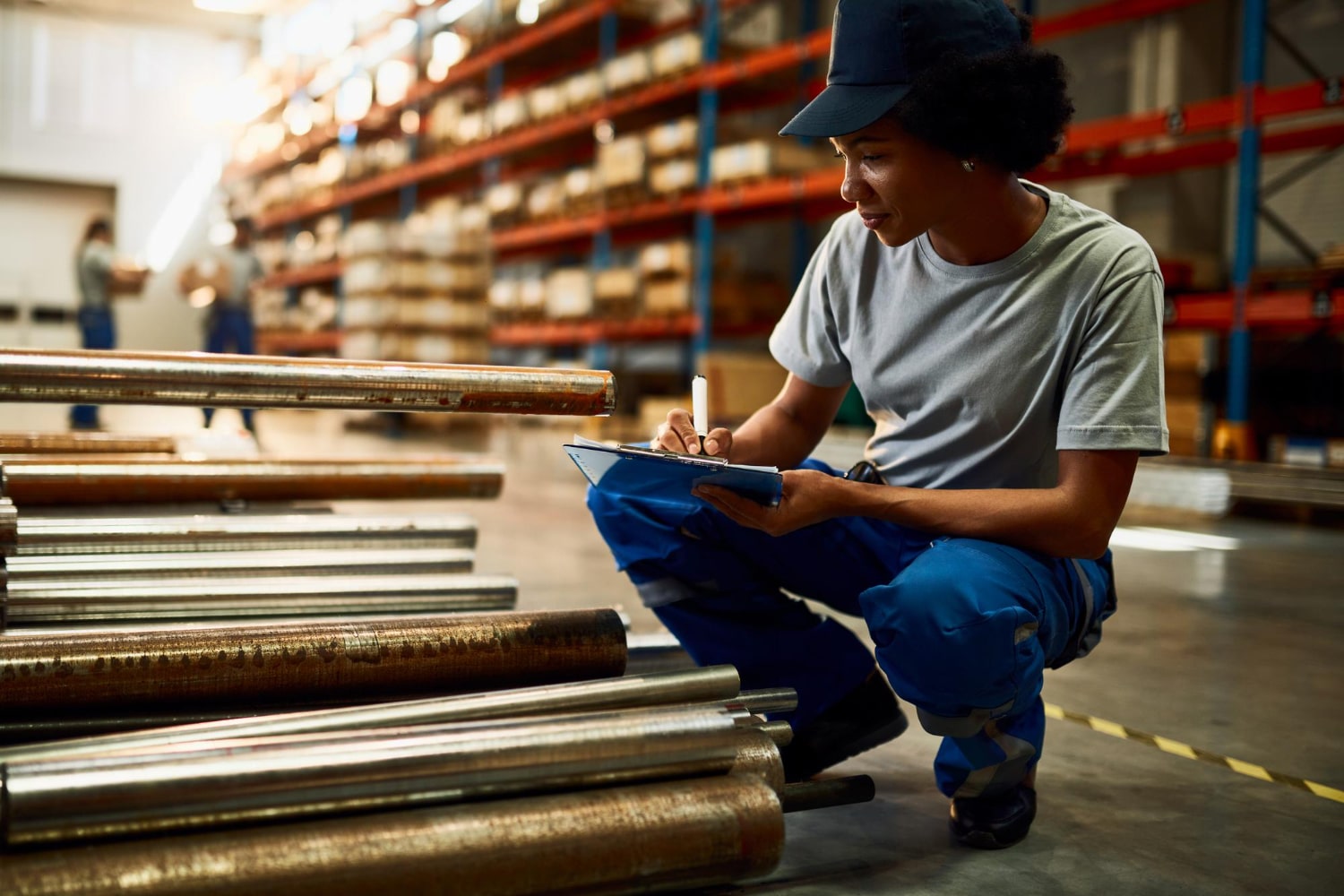The manufacturing sector continues to face significant challenges and opportunities due to fluctuations in steel tariffs. These changes not only impact the cost of raw materials but also influence broader strategic decisions within the manufacturing industry.
For businesses relying heavily on steel, like ours, understanding and adapting to these changes is crucial for maintaining competitive advantage and operational efficiency. This article delves into the dimensions of how steel tariffs are currently shaping manufacturing costs and the innovative strategies businesses are employing to navigate this volatile landscape.
Decoding the Relationship Between Steel Tariffs and Manufacturing Costs
Steel tariffs have a direct correlation with manufacturing costs, influencing not only the procurement strategies but also the overall financial planning of manufacturing firms. As prices for raw materials adjust to global economic policies and trade agreements, manufacturers must reassess their production budgets and pricing models.
1. Price Volatility: The introduction or adjustment of tariffs on steel can lead to sudden shifts in price, challenging manufacturers to maintain stable sourcing strategies. Such volatility requires agile financial planning to avoid unexpected impacts on the cost of production.
2. Supply Chain Adjustments: Tariffs may prompt manufacturers to rethink their supply chains—potentially seeking more cost-effective domestic sources or renegotiating terms with international suppliers. This restructuring can lead to initial costs but ultimately aims for greater control over pricing dynamics.
3. Impact on Product Pricing: To mitigate increased costs derived from tariffs, manufacturers might consider passing a portion of the expenses onto customers, adjusting product prices accordingly. Such decisions, however, require a delicate balance to ensure competitiveness in the market without compromising customer loyalty.
Strategic Adaptations to Offset Tariff-Induced Cost Increases
Given the uncertainties associated with steel tariffs, proactive businesses are exploring various strategies to offset potential increases in manufacturing costs. By innovating in process, design, and sourcing, companies can maintain their market position without sacrificing quality or profitability.
1. Innovation in Production Efficiency: Enhancing production processes to minimize waste and increase yield is a pivotal strategy. By adopting lean manufacturing principles and investing in advanced roll forming technologies, companies can reduce the volume of raw materials needed and optimize operational efficiencies.
2. Diversification of Material Use: Exploring alternatives to steel where feasible can also mitigate the impact of tariffs. For products where material properties permit, substituting steel with other less tariff-impacted metals or composites can reduce reliance on tariffed materials, thus controlling costs.
Through strategic adjustments and a keen understanding of the global economic environment, manufacturers can navigate through the complexities of steel tariffs. By staying informed and agile, we are able to leverage our deep expertise in roll forming to not only adapt to these changes but also to find innovative ways to reduce impact and continue delivering high-quality products efficiently.
Leveraging Technology to Combat Increasing Steel Costs
In a world where tariffs impact basic inputs like steel, leveraging technology becomes a pivotal approach for maintaining competitiveness and enhancing productivity. We are increasingly turning to advanced technologies to optimize our manufacturing processes, reduce waste, and improve product quality without elevating costs.
1. Automated Manufacturing Systems: Automation in manufacturing lines minimizes labor costs and speeds up production, offsetting the increased cost of steel. Robots and automated roll forming lines maintain consistent precision and reduce human error, leading to lower scrap rates and higher efficiency.
2. Advanced Data Analytics: Utilizing big data and analytics allows us to forecast trends in steel prices and better manage inventory. Predictive analytics can also optimize maintenance schedules for equipment, avoiding downtimes that could be costly during high-tariff periods.
3. Enhanced Design Software: The use of sophisticated CAD and CAM systems enables our designers and engineers to create more material-efficient designs that minimize waste. By optimizing product designs to use less steel without compromising integrity or functionality, we significantly reduce the impact of tariff-induced price hikes.
Financial Strategies to Shield from Tariff Impacts
Beyond operational and technological adjustments, financial strategies also play a critical role in navigating the steel tariff landscapes. These strategies involve careful financial planning and risk management to ensure economic resilience.
1. Hedging Against Price Fluctuations: Engaging in financial instruments such as futures contracts or options can lock in steel prices, protecting against unexpected increases due to tariff changes. This financial foresight helps stabilize budgeting and protects margins.
2. Working Capital Adjustments: By reviewing and adjusting cash flow management strategies, we can ensure sufficient working capital to cover increased costs due to tariffs. This might involve renegotiating payment terms with suppliers and customers or better managing inventory levels to reduce capital tied up in stock.
3. Cost-Effective Financing Solutions: Exploring alternative financing models, such as leasing rather than purchasing new equipment, can reduce capital expenditure and preserve cash flow. These models provide flexibility to scale operations up or down quickly in response to tariff impositions or removals.
Policy Advocacy and Trade Association Engagement
Understanding and influencing policy decisions is another critical strategy. Engagement in policy advocacy and trade associations can provide a platform for voicing concerns about tariffs and affecting change at a legislative level.
1. Trade Association Involvement: Active participation in industry and trade associations provides insights into regulatory changes and collective bargaining power to lobby for more favorable trade conditions. This network also offers a support system for sharing best practices for coping with tariff challenges.
2. Government Relations and Advocacy: Establishing a direct dialogue with policymakers to discuss the impacts of tariffs on the industry can lead to more informed decision-making. By presenting data and case studies, we can advocate for policies that support the manufacturing sector.
3. Educational Initiatives: By leading educational initiatives about the importance of manufacturing and the impact of tariffs, we increase public and governmental awareness. This advocacy is crucial for shaping a business environment that appreciates and supports the manufacturing sector’s needs and contributions.
Exploring Global Markets for Steel Procurement Opportunities
In response to fluctuating tariffs and the localized spikes in steel prices, expanding our procurement strategy to include global markets has become a prudent approach. Exploring international sources not only diversifies our supplier base but also potentially grants access to more competitive pricing, helping us manage costs more effectively.
1. Identifying Global Suppliers: Researching and developing relationships with steel suppliers from countries with lower tariff impacts can provide significant cost advantages. This includes assessing the quality, reliability, and delivery logistics to ensure they meet our stringent standards.
2. Leveraging Free Trade Agreements: Participating countries in free trade agreements may offer lower or no tariffs, which can substantially reduce the cost of imported steel. Keeping abreast of such agreements allows us to strategize purchases in line with geopolitical shifts and trade policies.
3. Currency Hedging: When dealing with global suppliers, currency fluctuation can add an unexpected layer of cost. Implementing currency hedging strategies protects against these fluctuations, ensuring that budget estimations remain reliable and unaffected by adverse movements in foreign exchange rates.
Investing in Sustainable and Alternative Materials
As part of our commitment to innovation and environmental stewardship, exploring sustainable and alternative materials that complement or substitute for steel is crucial. These materials not only help reduce our dependence on tariff-affected steel but also align with our goal to minimize the environmental footprint of our manufacturing processes.
1. Recycled Materials: Utilizing recycled steel and other metals reduces the demand for newly mined materials, which often carry a higher environmental and financial cost. Recycled materials frequently require less energy to process, offering both ecological and economic benefits.
2. Composite Materials: Advances in composite materials that offer similar or superior properties to steel are continually being developed. Incorporating these materials into our products can reduce weight, enhance performance, and avoid the tariff implications associated with steel.
Enhancing Customer Relationships Through Transparent Communication
In an era marked by market volatility, especially concerning steel prices and availability, maintaining robust and transparent communication with our clients is more important than ever. Being upfront about the challenges and how they affect our services reassures clients and builds long-term trust.
1. Regular Updates: Keeping clients informed about how global economic changes affect our pricing and lead times prevents surprises and helps them plan their own operations more effectively. Regular updates can be facilitated through newsletters, direct communications, and client portals.
2. Flexible Solutions: Offering flexible solutions that adapt to changing conditions, such that clients aren’t rigorously bound to one procurement or design option, cultivates stronger relationships. It demonstrates our commitment to their success, not just our own.
3. Collaborative Planning: Engaging clients in the planning process when potential disruptions from tariffs are anticipated allows for a collaborative strategy formulation. This partnership approach helps in finding mutually beneficial solutions and strengthens business relationships.
Strategic Staff Training to Foster Expertise in Adaptive Manufacturing
As the landscape of steel tariffs continually evolves, equipping our team with the necessary skills to adapt and innovate is essential. Strategic staff training not only enhances operational flexibility but also ensures that our team is prepared to tackle any challenges that come our way with expertise and confidence.
1. Skill Enhancement Programs: Implementing regular training programs that focus on new manufacturing technologies and processes helps keep our team up-to-date with the latest industry advancements. This ongoing education ensures our workforce remains at the forefront of the roll forming sector.
2. Leadership Development: Investing in leadership development prepares our team for critical thinking and effective decision-making, crucial skills when navigating the complexities of international trade and volatile markets. Strong leadership fosters a proactive rather than reactive approach to changes in the industry.
3. Cross-Functional Training: Encouraging cross-functional training among teams enhances versatility and encourages a deeper understanding of different roles within the organization. This holistic view enables better collaboration and innovation, which is crucial for adapting to market demands and shifts.
Leveraging Market Analytics for Proactive Tariff Management
In dealing with the dynamic nature of tariffs, utilizing advanced market analytics can provide us with a predictive outlook, enabling proactive adjustments in our business strategy. By staying ahead of trends, we can mitigate risks associated with sudden tariff changes and align our resources more effectively.
1. Real-Time Market Data: Integrating real-time market data into our strategic planning allows us to anticipate shifts in steel prices and adjust our procurement strategy accordingly. This immediacy ensures that we remain agile and cost-effective in our operations.
2. Predictive Modeling: Employing predictive modeling tools helps us forecast long-term trends and simulate different scenarios based on possible future tariff adjustments. This planning tool is invaluable for strategic decision-making and long-term financial planning.
3. Competitor Analysis: Keeping an eye on how competitors respond to tariff changes can offer valuable insights and help benchmark our strategies. Understanding the industry landscape and where we stand allows us to refine our approach and capitalize on our strengths.
Conclusion:
Navigating the complexities of steel tariffs requires a multifaceted approach. From expanding our global procurement efforts and investing in sustainable materials to enhancing internal training and leveraging market analytics, our adaptability defines our strength.
As the industry evolves, so do we—continuously pushing the boundaries to offer superior roll forming solutions that meet the demands of today while anticipating the needs of tomorrow. Our proactive stance on tariffs and market changes is a testament to our resolve to deliver excellence, no matter the economic landscape.
Are you ready to experience the resilience, innovation, and quality that defines our approach to roll forming? Connect with us at Roller Die + Forming today, and let’s discuss how we can tailor our state-of-the-art solutions to meet your specific needs. Embrace the opportunity to transform challenges into opportunities with a partner who is as committed to your success as you are.

